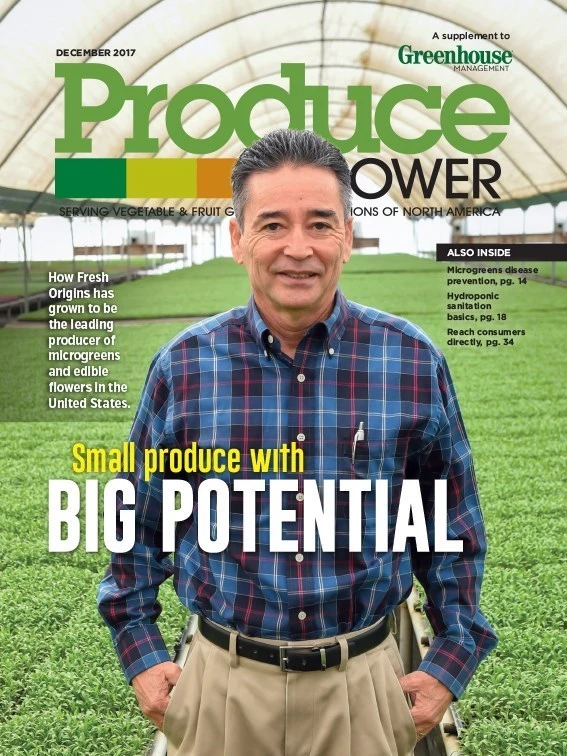
In terms of attracting consumers, the bigger-is-better sales pitch has been successful for the last couple of decades. Restaurant portions became bigger, sometimes serving twice or three times the recommended amount of food and calories; the words “Family Size” showed up on chip bags; “King Size” candy bars appeared on shelves; large SUVs took over vehicle sales; and people plopped in front of 72-inch (and larger) televisions.
But there’s been a change in consumer attitudes — from one extreme to the other — and some products are cashing in on the trend.
Soda sales have been trending downward for several years, as consumers turned to alternatives such as energy drinks, coffee and flavored water, according to a story in Time magazine. Soda manufacturers took a risk and introduced the mini soda that’s some 4 ounces smaller than the typical 12-ounce can, an 8-ish-ounce can. The smaller cans also cost more per ounce than the larger sodas. Consumers liked the new size and packaging, and Coca-Cola and Pepsi both enjoyed a boost in sales.
Edibles have been riding the “tiny” trend as the demand for microgreens has increased.
Microgreens, which are even smaller than “baby greens,” provide an intense flavor ranging from sweet to spicy. I had the good fortune to tour a microgreens growing operation in Holland several years ago, before I had ever seen them on the shelves of my favorite upscale supermarket. The greenhouse owner clipped these miniature leaves straight off the greenhouse bench for our tour group to taste. When I saw these miniscule plants in my hand, I wasn’t expecting much. I was dead wrong. The explosion of flavor from the microgreens was amazing. Pepper, lemon, mint, anise — so many off-the-chart flavors were packaged in these tiny plants. I was hooked. Soon, I noticed them on HGTV and Food Network shows, saw them in high-end restaurants, and eventually found them in specialty retail stores.
Microgreens have gone from garnish to star status with professional chefs and consumers. Earlier this year, chef Mareya Ibrahim (aka The Fit Foodie) called microgreens “the next ‘it’ veggie.” She says they are “super sustainable and grow in a fraction of the time of their larger scale cousins.”
Learn how Fresh Origins in San Marcos, Calif., has turned small plants with big flavors into even bigger profits. Owner David Sasuga has introduced interesting flavors such as Micro Basil Nutmeg and Micro Tangerine Lace. Our cover story begins here.
As you consider your next product launch, don’t assume that consumers prefer larger edibles. Sometimes the smallest product provides the biggest impact.
krodda@gie.net | (216) 393-0224

Get curated news on YOUR industry.
Enter your email to receive our newsletters.
Explore the December 2017 Issue
Check out more from this issue and find your next story to read.
Latest from Produce Grower
- The Growth Industry Episode 3: Across the Pond with Neville Stein
- PG CEA HERB Part 2: Analyzing basil nutrient disorders
- University of Evansville launches 'We Grow Aces!' to tackle food insecurity with anu, eko Solutions
- LettUs Grow, KG Systems partner on Advanced Aeroponics technology
- Find out what's in FMI's Power of Produce 2025 report
- The Growth Industry Episode 2: Emily Showalter on how Willoway Nurseries transformed its business
- 80 Acres Farms expands to Georgia, Texas and Colorado
- How BrightFarms quadrupled capacity in six months







